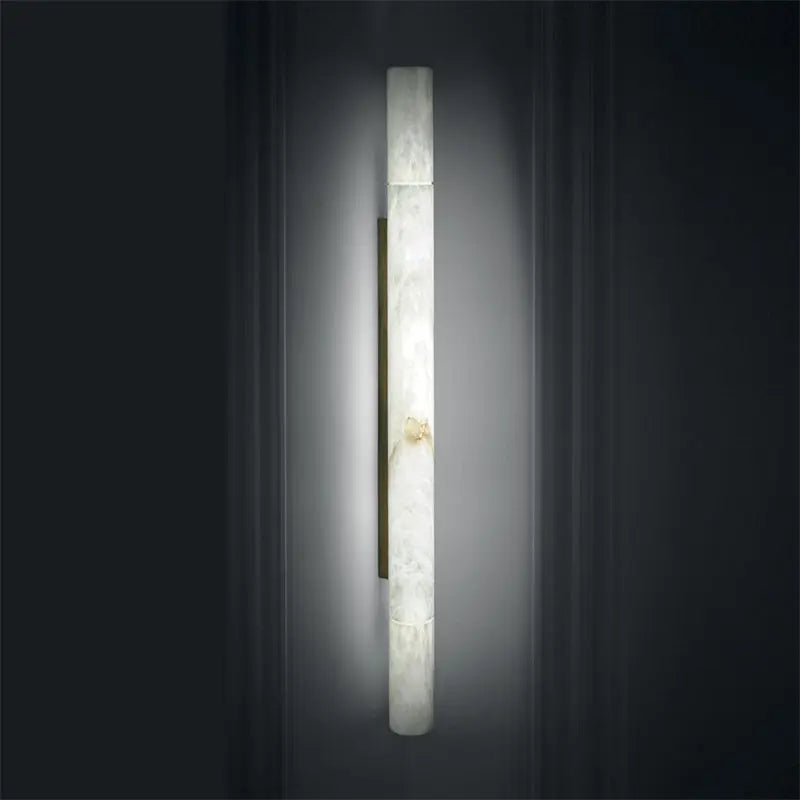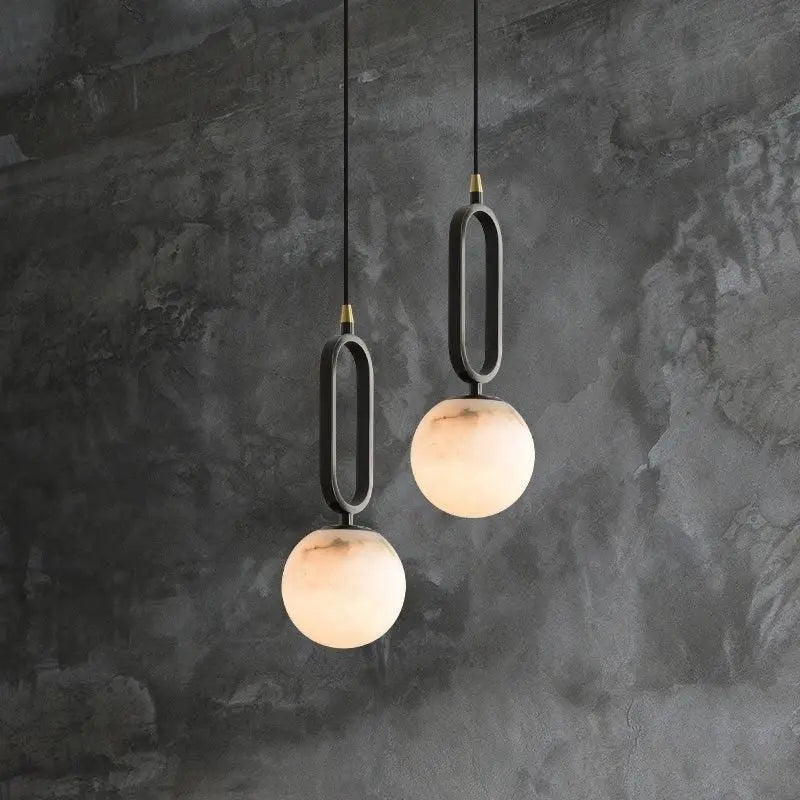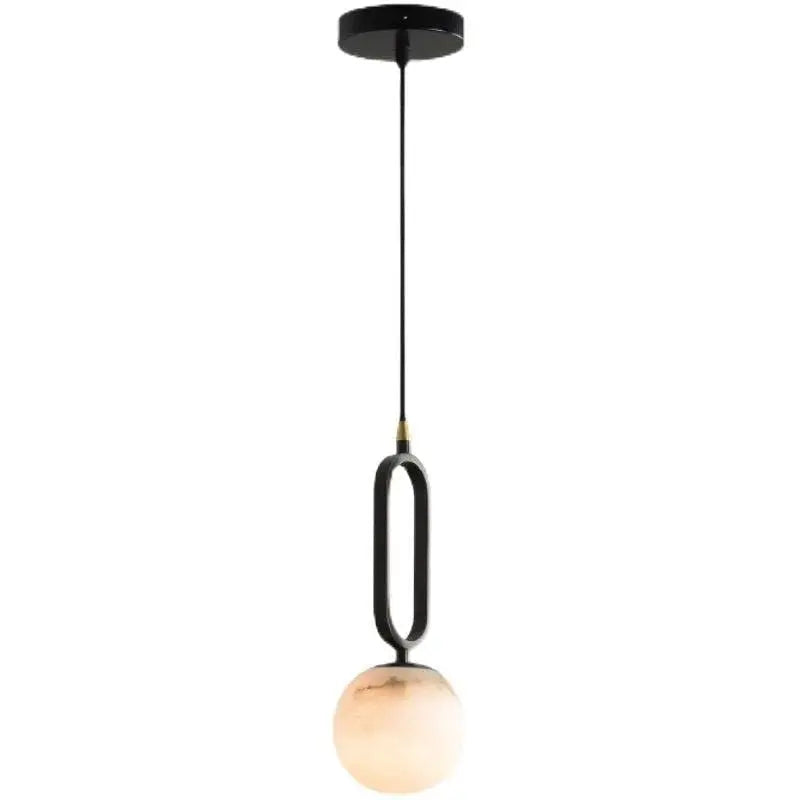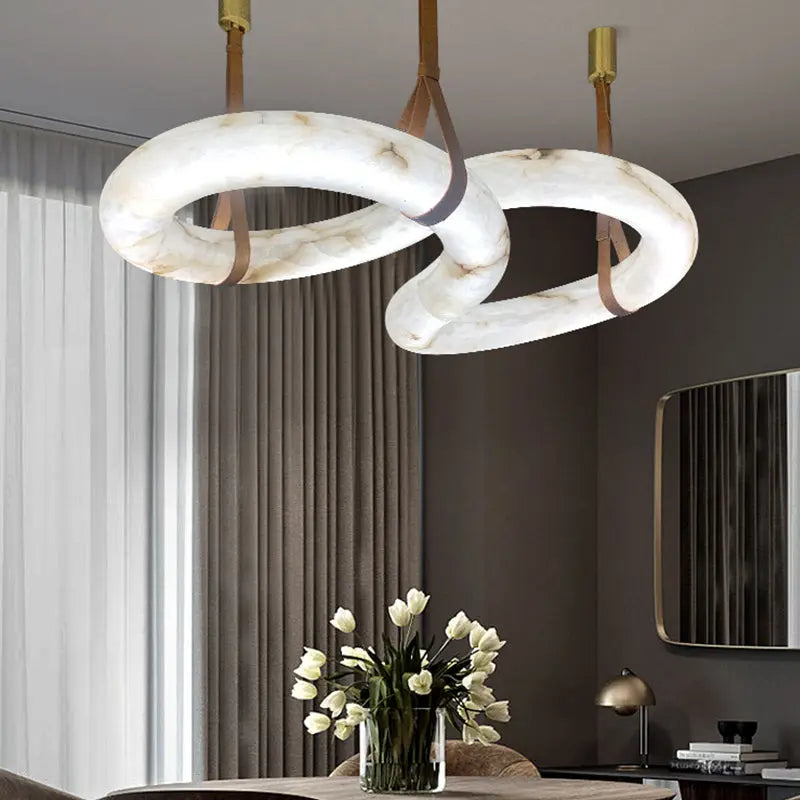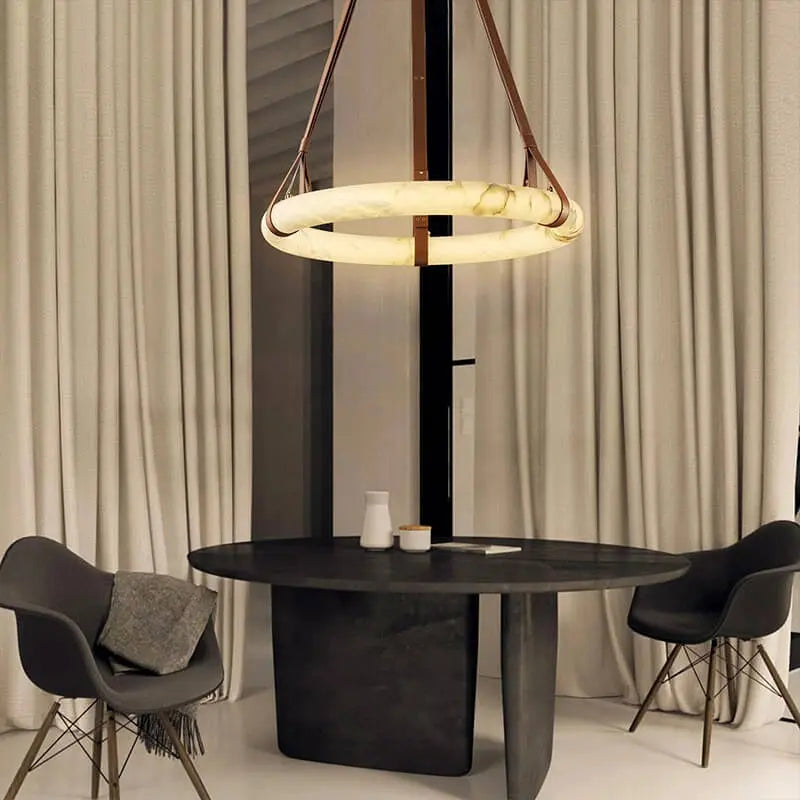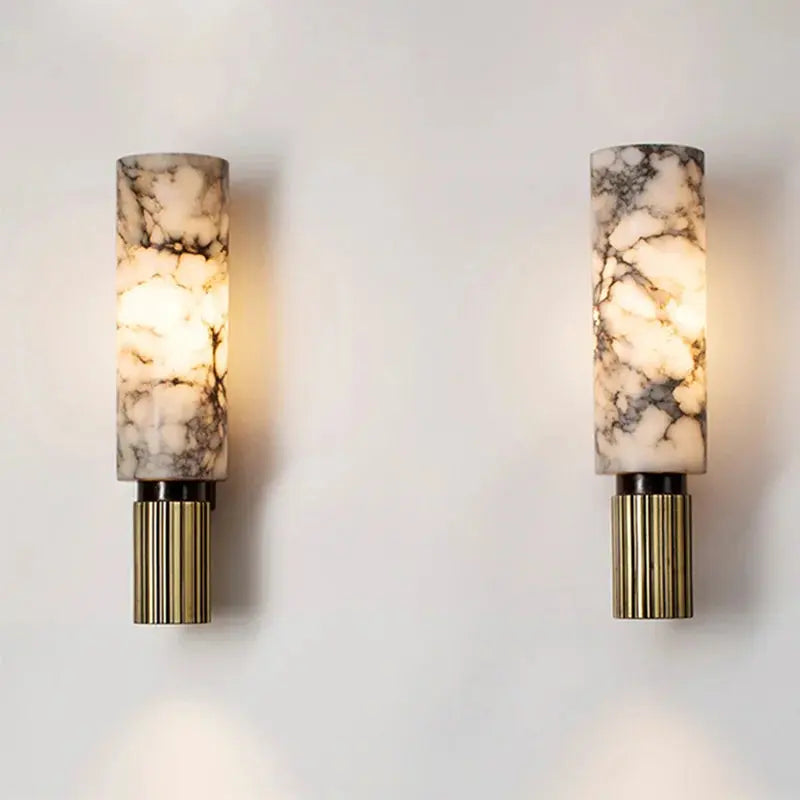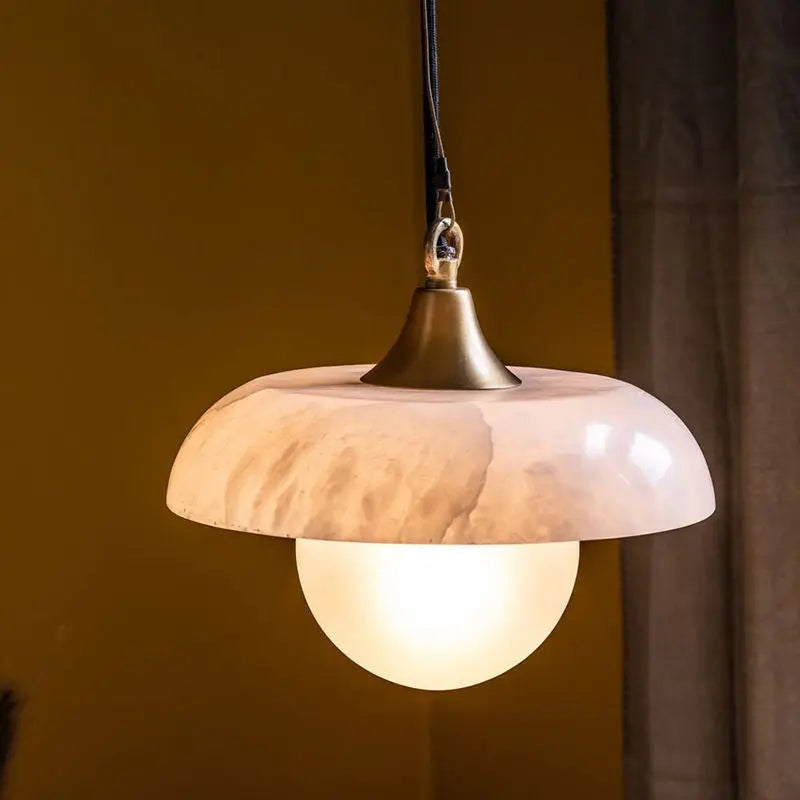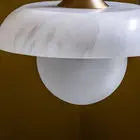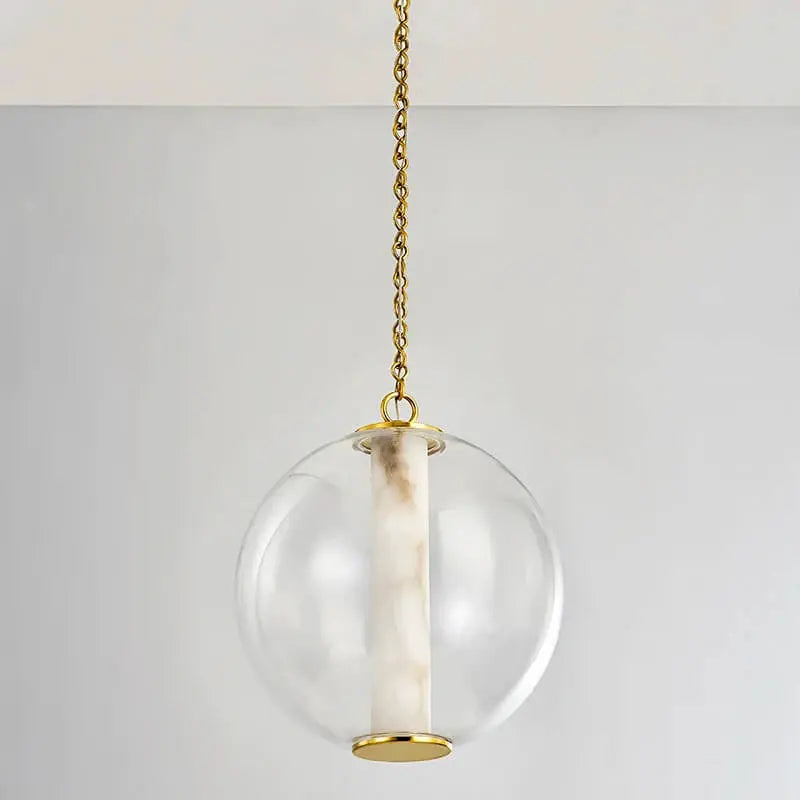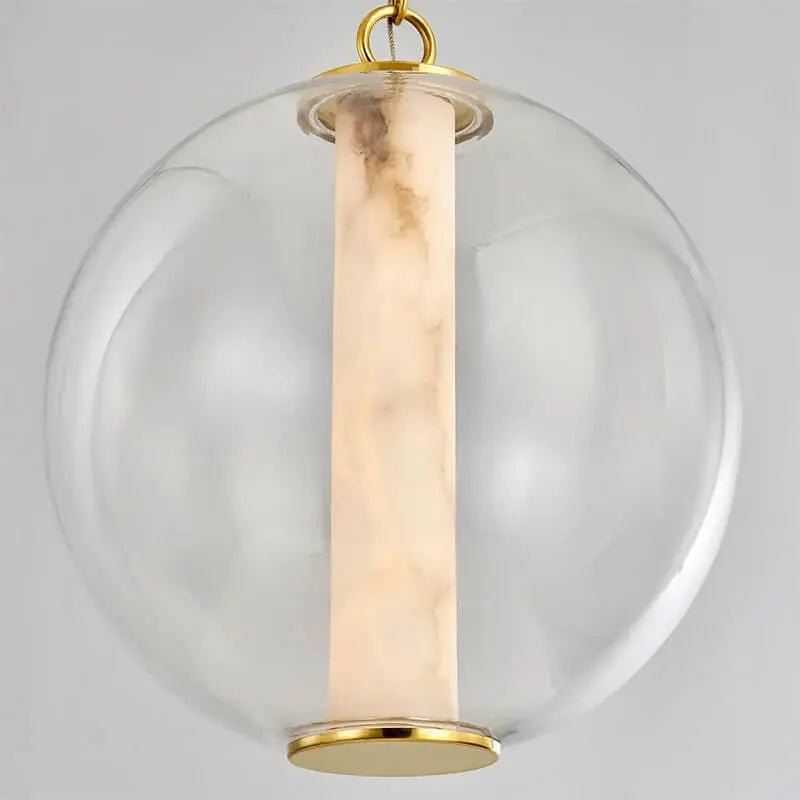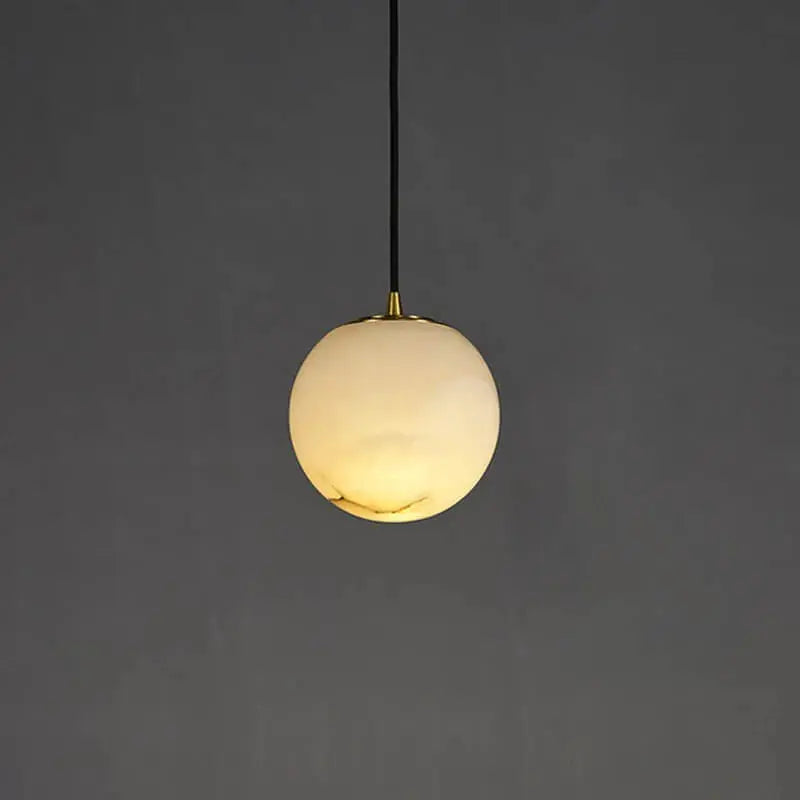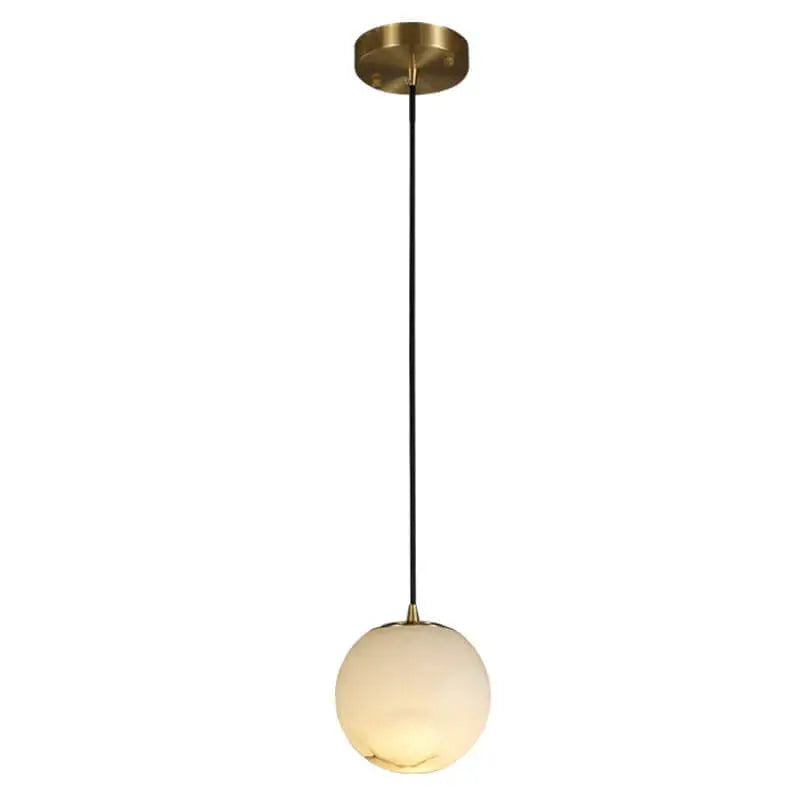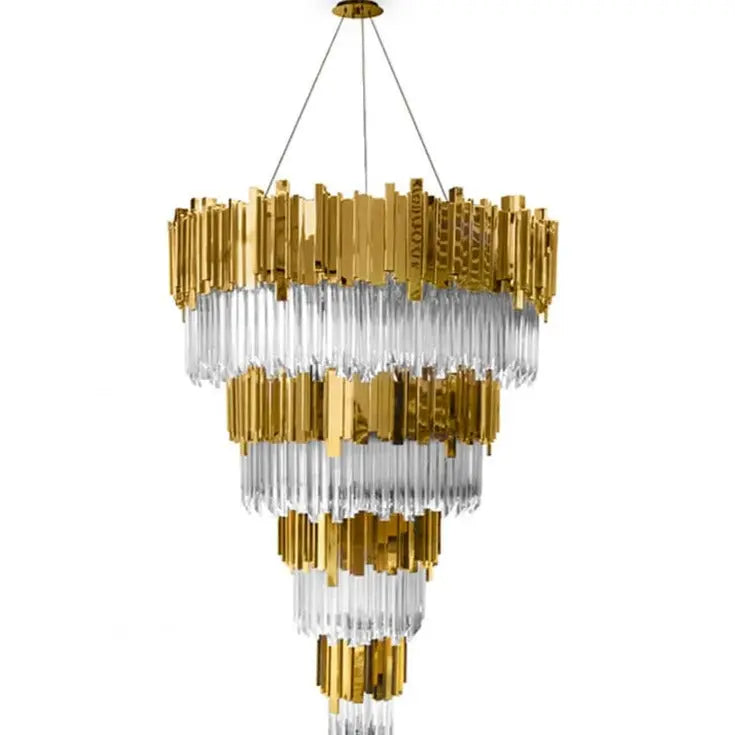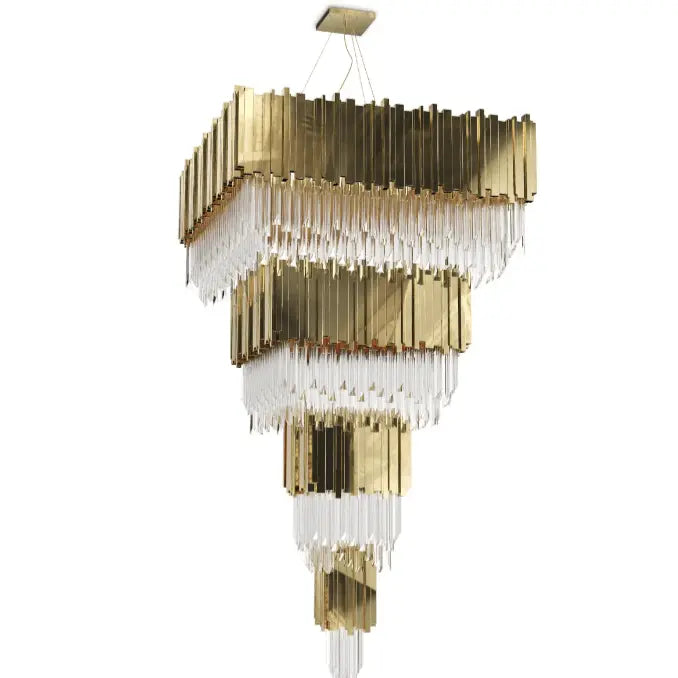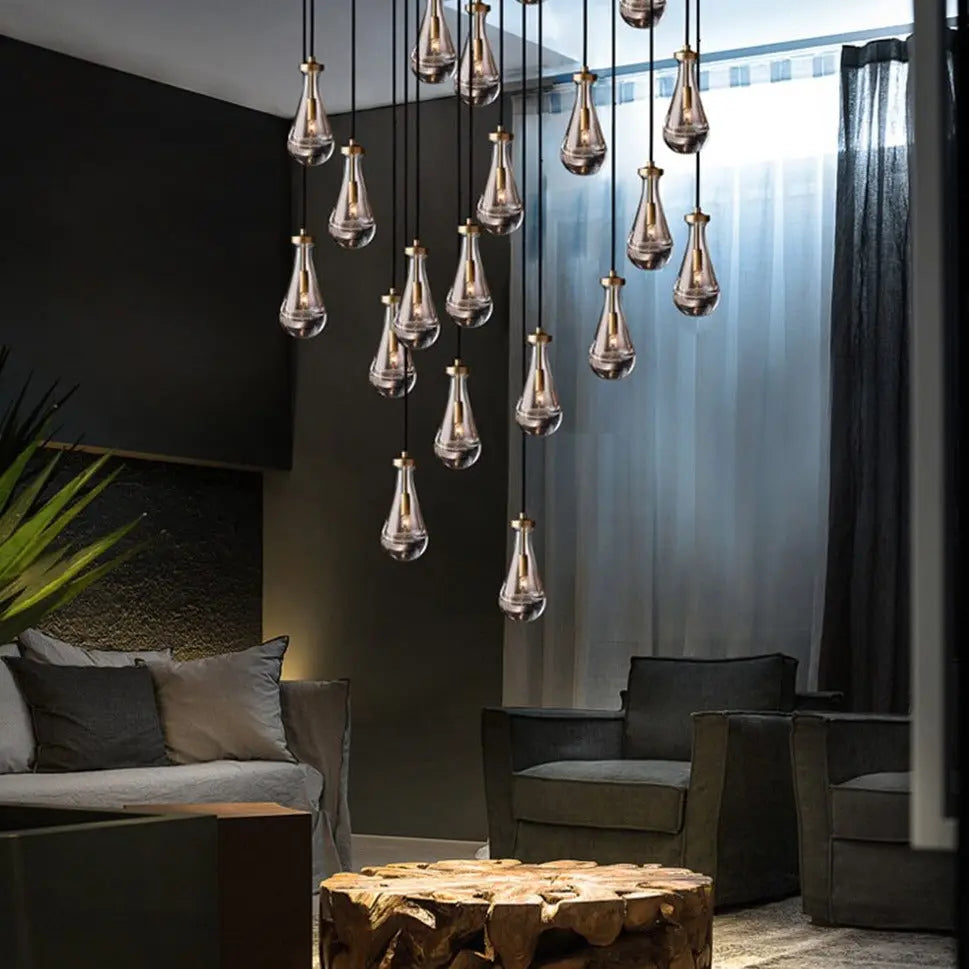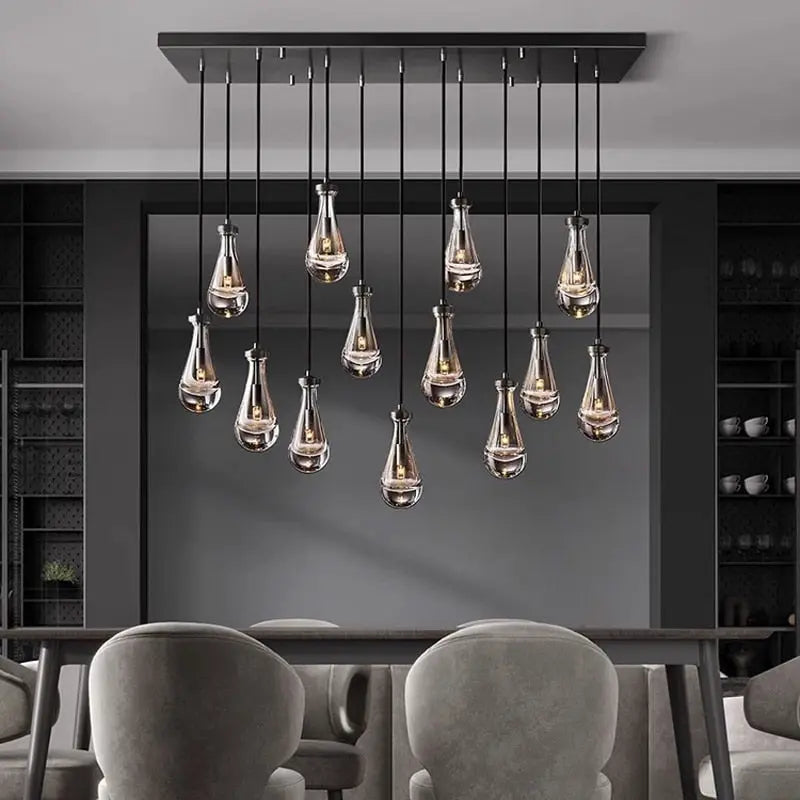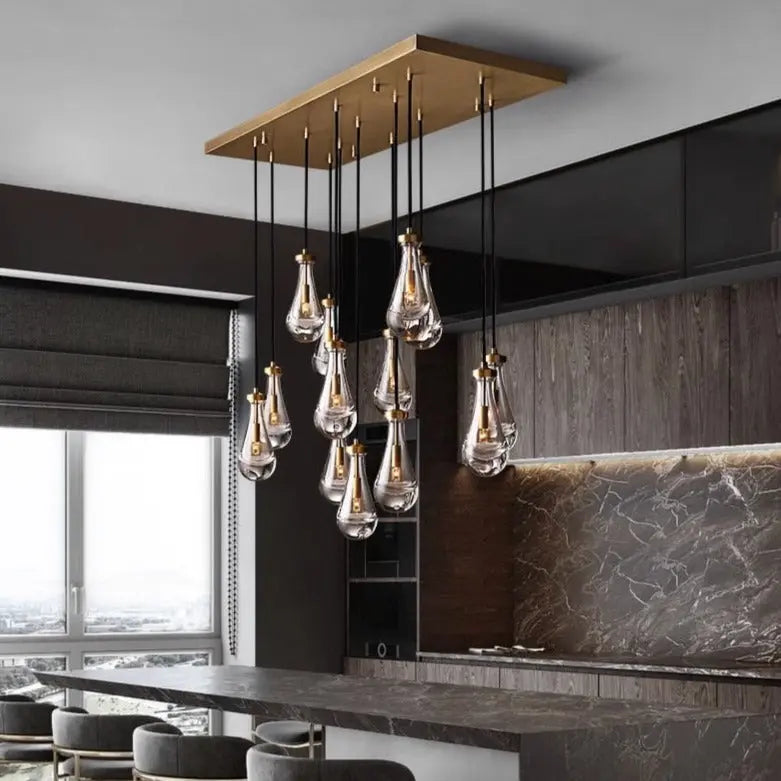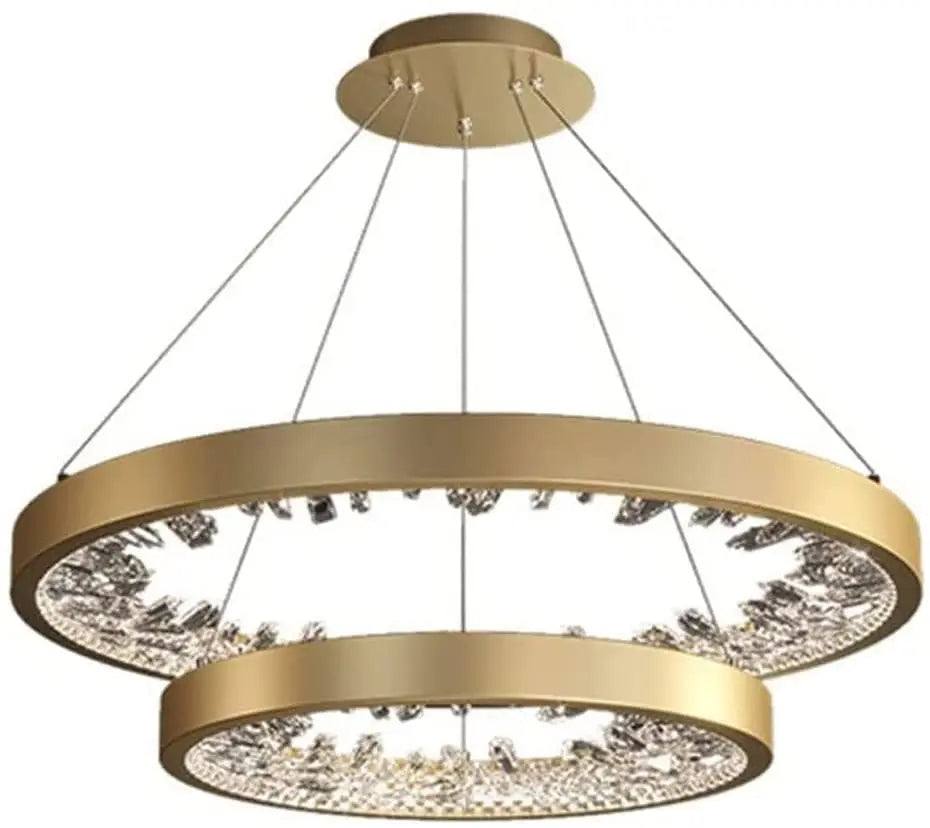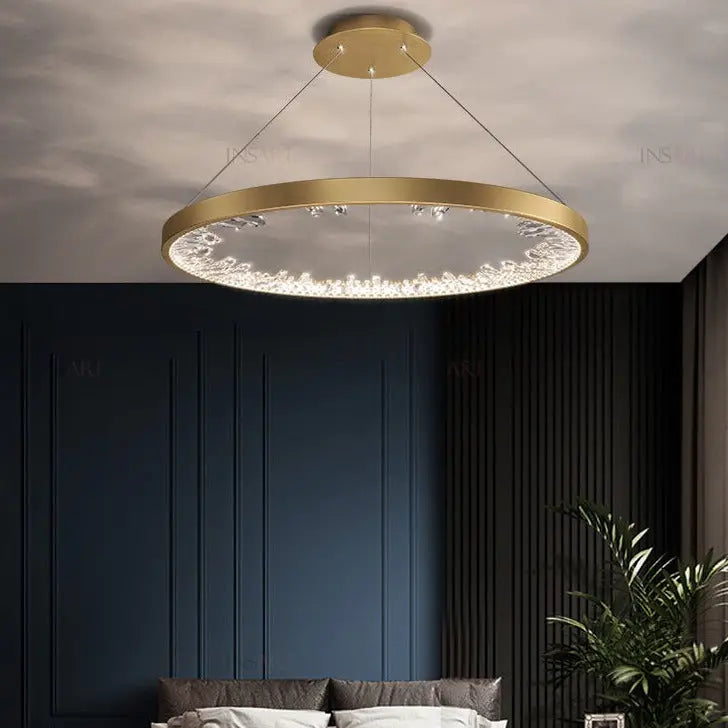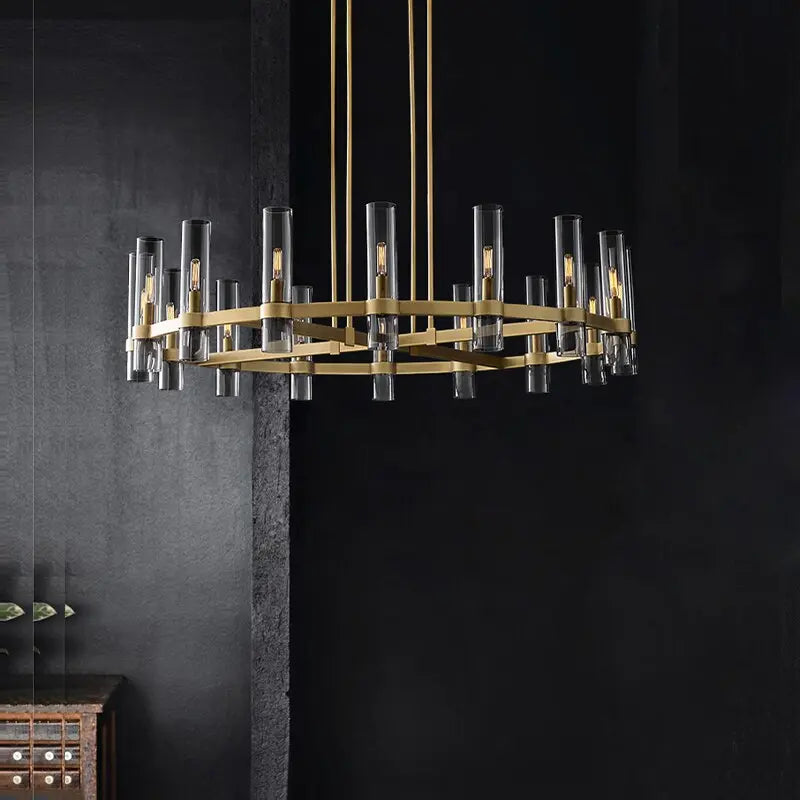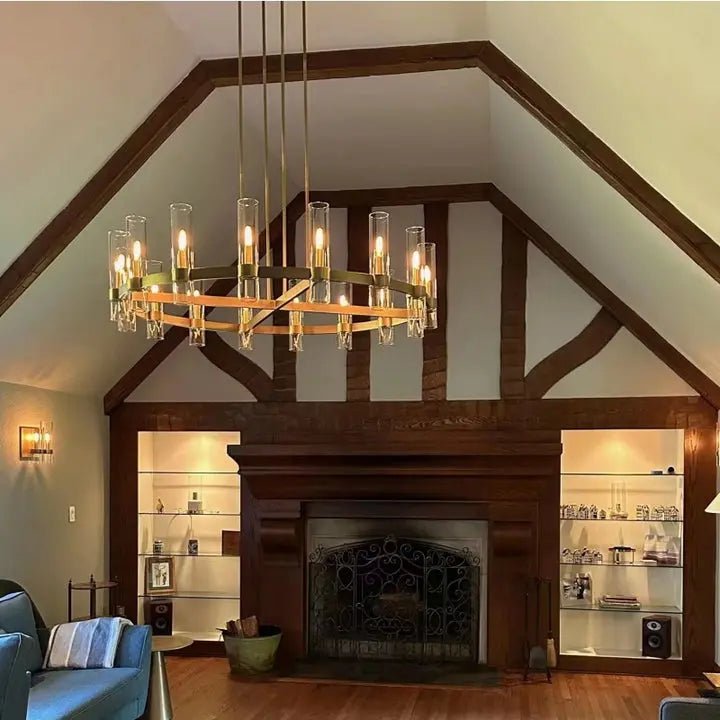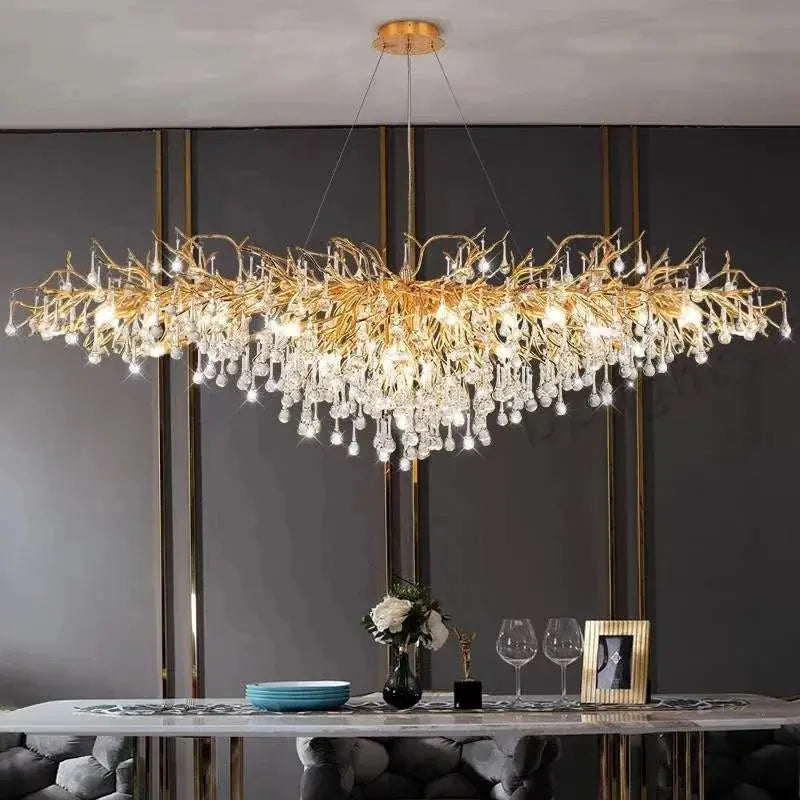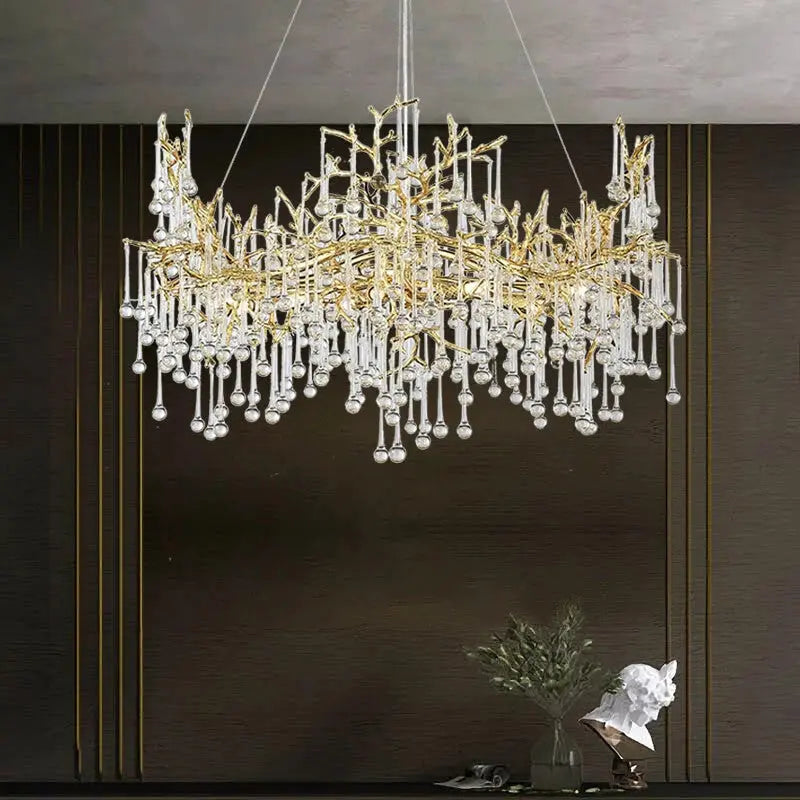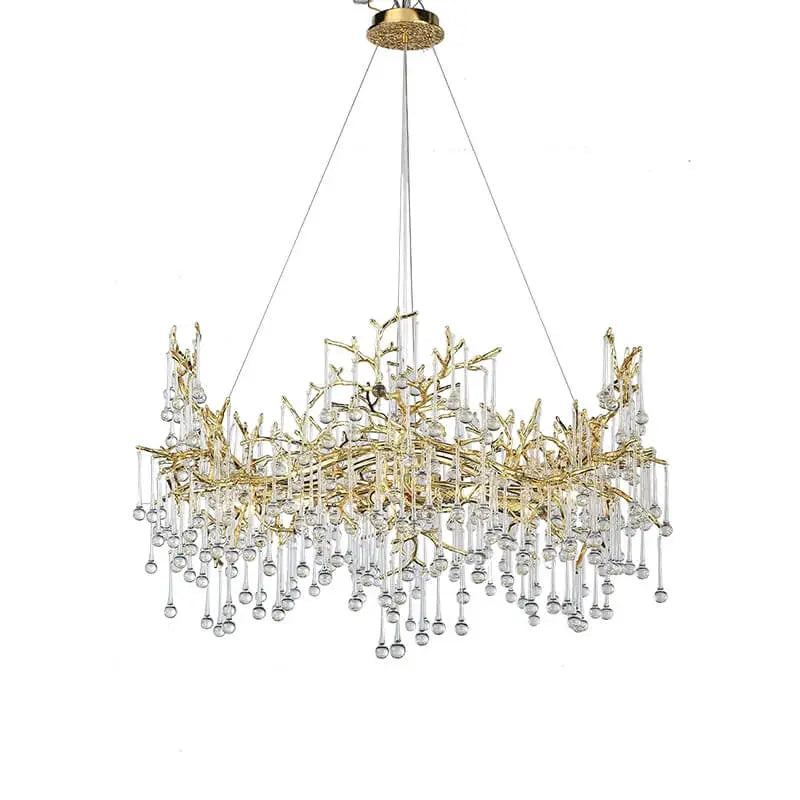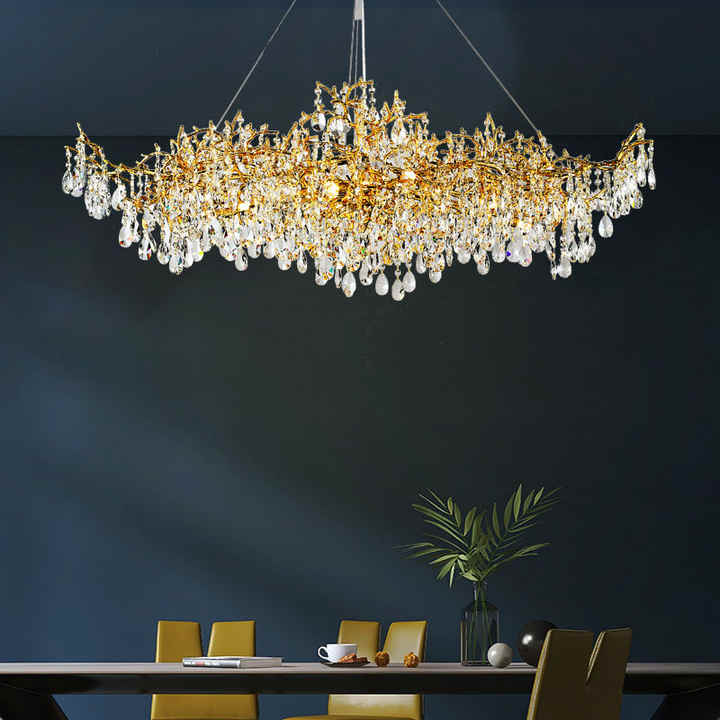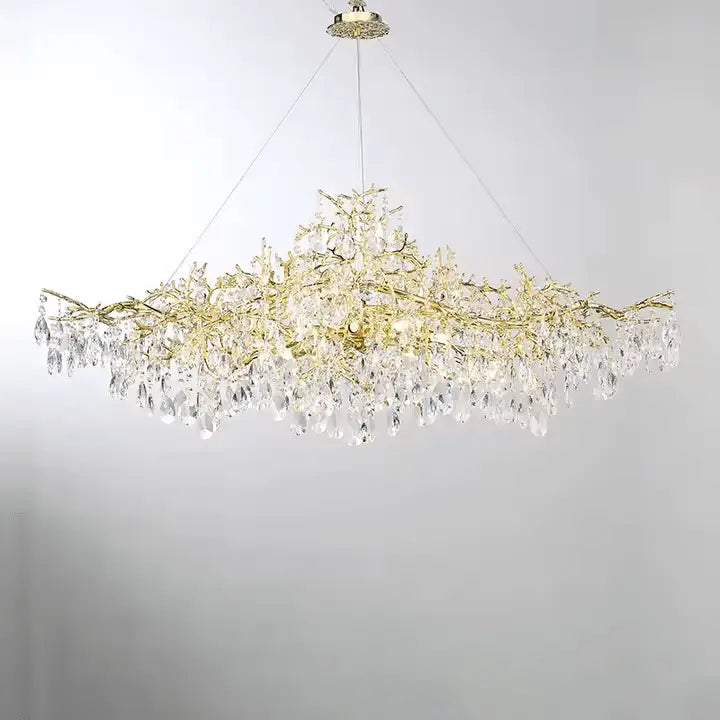Want to give your bathroom a fresh, new look? An accent wall shower might be just the thing you need. It's a pretty simple way to make a big splash in your bathroom, turning a regular shower into something really special. We're going to walk you through everything, from picking out materials to figuring out your budget, so you can create an accent wall shower that you'll love.
Key Takeaways
- Think about where you'll put your accent wall shower to make the most impact.
- Pick out materials that work well in a wet shower area and look good.
- Use lighting to really make your accent wall shower pop and stand out.
- Don't forget about cleaning and protecting your accent wall shower so it lasts a long time.
- Figure out your budget early on to help guide your choices for your accent wall shower project.
Designing Your Accent Wall Shower

Choosing the Perfect Location for Your Accent Wall Shower
Deciding where to put your accent wall in the shower is a big first step. It's not just about picking a wall; it's about thinking how it will look with the rest of your bathroom. The wall you see first when you walk into the bathroom is often a good choice for an accent. This makes it a focal point right away. You could also pick the back wall of the shower, especially if it's a walk-in, to create a sense of depth. Think about the size of your shower too. In a smaller shower, a subtle accent might work better than something too bold, which could make the space feel cramped. For larger showers, you have more freedom to go big with patterns or textures. Consider how natural light hits the wall as well; light can really change how colors and textures appear.
The goal is to create a visual anchor that draws the eye without overwhelming the space. It should feel like a natural part of the bathroom's overall design, not an afterthought.
Selecting Materials for Your Accent Wall Shower
Once you know where your accent wall will be, it's time to think about materials. This is where you can really make a statement. There are many options, each with its own look and feel:
- Tiles: These are a classic choice for showers because they're durable and water-resistant. You can find tiles in countless colors, shapes, and sizes. Think about using large format tiles for a sleek, modern look, or smaller mosaic tiles for intricate patterns. Glass tiles can add a reflective quality, while natural stone tiles like marble or travertine offer a luxurious, earthy feel.
- Waterproof Panels: These are a newer option that can give a seamless look. They come in various designs, including those that mimic natural stone or wood, but without the maintenance. They're also quicker to install than traditional tiles.
- Specialty Paints/Coatings: While less common for inside the shower, some specialized waterproof paints or coatings can be used for a unique, smooth finish. This is a good option if you want a solid color or a subtle texture without grout lines.
When choosing, always make sure the material is suitable for wet environments and will hold up over time. You can find more information on Cloudflare Ray ID if you encounter any issues with material suppliers.
Incorporating Lighting in Your Accent Wall Shower
Lighting can completely transform your accent wall. It's not just about seeing; it's about creating mood and highlighting features. Here are some ways to use lighting:
- Recessed Lighting: Small, waterproof recessed lights in the shower ceiling can cast a soft glow on the accent wall, making its texture or pattern stand out. This is a subtle way to add drama.
- LED Strips: These can be installed along the edges of the accent wall or within niches to create a dramatic, backlit effect. They come in various colors, allowing you to change the mood of your shower with the flick of a switch.
- Task Lighting: If your accent wall includes a niche or shelving, consider adding small, focused lights within these areas. This not only highlights the items stored there but also adds another layer of light to the accent wall itself.
When planning lighting, always consult with an electrician to ensure all fixtures are rated for wet environments and installed safely. Proper lighting can make your accent wall truly shine.
Materializing Your Accent Wall Shower Vision
Tile Selection for a Stunning Accent Wall Shower
Choosing the right tiles for your accent wall shower is a big deal because it sets the whole mood. You've got so many options, from tiny mosaics that sparkle to big, bold porcelain slabs. Think about how the tile size and finish will play with the light in your bathroom. Smaller tiles, like mosaics, can create a lot of visual interest and texture, especially if they have a bit of shimmer. Larger format tiles, on the other hand, give a more seamless, modern look with fewer grout lines, which is also easier to clean. It's not just about looks, though; you need tiles that can handle all that water and humidity. Porcelain and ceramic are usually good bets because they're pretty durable and don't absorb much water. Natural stone is beautiful, but it needs more upkeep.
When picking tiles, don't just look at them in the store. Grab a few samples and take them home. See how they look in your bathroom's lighting, both natural and artificial. The color and texture can change a lot depending on the light, and you want to make sure you love it in its actual setting.
Here are some popular tile types and their characteristics:
- Porcelain Tiles: Very durable, low water absorption, comes in many finishes (matte, glossy, textured). Great for a sleek, modern look.
- Ceramic Tiles: Affordable, wide range of colors and patterns, but generally less dense than porcelain. Good for a budget-friendly yet stylish option.
- Glass Mosaics: Adds sparkle and depth, perfect for intricate designs or a luxurious feel. Can be a bit more delicate to install.
- Natural Stone (Marble, Travertine, Slate): Offers a high-end, organic look. Requires sealing and more maintenance to prevent staining and water damage.
Paint and Wallpaper Options for Your Accent Wall Shower
Using paint or wallpaper in a shower might sound a bit wild, but with the right products, it's totally doable and can give you a really unique look. You can't just use any old paint or wallpaper, though. You need stuff that's specifically made for wet areas. For paint, that means a high-quality, mildew-resistant, washable paint, often with a satin or semi-gloss finish that can stand up to moisture. For wallpaper, look for vinyl or fiberglass options that are designed for bathrooms and can handle humidity without peeling or bubbling. These materials are pretty tough and can be wiped down easily. The cool thing about paint and wallpaper is the endless possibilities for patterns and colors. You can go bold with a vibrant color or a dramatic pattern, or keep it subtle with a textured wallpaper that adds depth without being too loud. It's a great way to bring in a lot of personality without the commitment or cost of tiling a whole wall.
Natural Stone Finishes for an Elegant Accent Wall Shower
If you're going for a really elegant, spa-like feel in your shower, natural stone is the way to go. Think marble, travertine, granite, or slate. Each one has its own unique look and feel, with natural variations in color and veining that you just can't get with manufactured materials. Marble, for example, gives off a luxurious vibe with its classic white and gray patterns, while slate offers a more rustic, earthy feel with its darker tones and textured surface. Travertine has a warm, inviting look with its porous surface and earthy colors. The thing about natural stone is that it's porous, meaning it can absorb water and stain if it's not properly sealed. So, you'll need to seal it regularly to keep it looking good and protect it from moisture. It's a bit more work to maintain, but the payoff in terms of beauty and sophistication is huge. It really makes a statement and feels incredibly high-end. For more information on maintaining these surfaces, check out cleaning and care tips.
| Stone Type | Appearance | Maintenance | Best For |
|---|---|---|---|
| Marble | Elegant, veined, classic | High (sealing, gentle cleaning) | Luxury, classic designs |
| Travertine | Earthy, porous, warm tones | Medium (sealing, regular cleaning) | Rustic, Mediterranean |
| Granite | Speckled, durable, varied colors | Low to Medium (sealing recommended) | Modern, durable |
| Slate | Dark, textured, natural split | Medium (sealing, can be slippery) | Industrial, natural looks |
Color Palettes for Your Accent Wall Shower
Bold Hues for a Dramatic Accent Wall Shower
If you're looking to make a statement, bold colors are the way to go for your accent wall shower. Think deep blues, vibrant greens, or even a rich burgundy. These shades can transform a simple shower into a focal point, giving your bathroom a luxurious and unique feel. Choosing a strong color can really set the mood for the entire space. It's about creating an impact, a visual punch that grabs attention the moment you step into the room. Don't be afraid to experiment with colors you might not typically consider for a bathroom; sometimes, the unexpected choice is the most rewarding.
Bold colors in a shower can feel like a daring move, but they often pay off by creating a truly memorable and personalized space. It's an opportunity to express your style and add a touch of drama to an otherwise functional area.
Here are some considerations for bold color choices:
- Lighting: How natural and artificial light interacts with the color. Darker colors might need more illumination.
- Room Size: While bold colors work in any size, they can make smaller spaces feel more intimate and jewel-box like.
- Complementary Elements: Ensure your fixtures and other bathroom elements complement the chosen bold hue.
Serene Shades for a Relaxing Accent Wall Shower
For those who prefer a more calming atmosphere, serene shades are perfect for an accent wall shower. Soft grays, muted blues, and gentle greens can create a spa-like retreat right in your home. These colors promote relaxation and tranquility, making your shower experience more peaceful. It's about creating a sanctuary, a place where you can unwind and de-stress. The goal is to evoke a sense of calm and openness, making the bathroom feel like a true escape.
- Consider shades like seafoam green, sky blue, or a light lavender.
- Pair with natural materials like wood or stone for an even more organic feel.
- Think about how these colors will look with steam and water; they often appear softer.
Monochromatic Schemes for a Modern Accent Wall Shower
A monochromatic scheme offers a sleek and modern look for your accent wall shower. This approach involves using different shades, tints, and tones of a single color. For example, you could use various shades of gray, from light silver to deep charcoal, to create depth and interest without introducing multiple colors. This creates a cohesive and sophisticated design that feels very contemporary. It's a subtle way to add visual interest while maintaining a clean and minimalist aesthetic. Access to myshopify.com has been blocked for some users, but the concept of a monochromatic scheme remains universally appealing for its simplicity and elegance.
| Color Family | Light Shade | Mid-Tone Shade | Dark Shade |
|---|---|---|---|
| Gray | Silver | Stone Gray | Charcoal |
| Blue | Sky Blue | Denim Blue | Navy Blue |
| Green | Mint Green | Forest Green | Hunter Green |
This method provides a refined backdrop that allows other elements, like fixtures or towels, to stand out subtly. It's a timeless choice that won't go out of style.
Pattern and Texture in Your Accent Wall Shower
When you're thinking about your accent wall shower, don't just stop at color. Patterns and textures are super important for making the space feel complete and interesting. They can really change how a shower looks and feels, adding depth and personality. It's all about making choices that fit your style and the overall vibe you're going for.
Geometric Patterns for a Dynamic Accent Wall Shower
Geometric patterns are a fantastic way to bring some energy and a modern feel into your shower. Think about sharp lines, repeating shapes, and bold designs. These patterns can make a small space feel bigger or add a focal point to a larger shower. You can use them in various ways, from a full wall of patterned tiles to a subtle border.
- Consider the scale: Large geometric patterns can make a big statement in a spacious shower, while smaller, more intricate patterns might be better for compact areas. You don't want the pattern to overwhelm the space.
- Balance with solids: If you're going with a really bold geometric pattern, it's often a good idea to balance it out with solid, neutral colors on the other walls. This keeps the shower from looking too busy.
- Tile orientation: The way you lay your tiles can create a geometric pattern even with plain rectangular tiles. Think about herringbone, chevron, or basketweave patterns for a subtle yet dynamic look.
Geometric patterns can really make your accent wall pop. They offer a clean, contemporary aesthetic that can be both striking and sophisticated. It's about finding the right balance between boldness and harmony within your bathroom's design.
Textural Elements for a Luxurious Accent Wall Shower
Texture is all about how something feels, but it also plays a huge role in how a surface looks. Adding textural elements to your accent wall shower can make it feel incredibly luxurious and inviting. It adds a layer of depth that flat surfaces just can't achieve. Think about materials that have a natural feel or a unique finish to them.
- Rough vs. Smooth: A rough, natural stone texture can create a spa-like feel, while smooth, polished tiles can give a sleek, modern look. Mixing these can create interesting contrasts.
- 3D Tiles: Some tiles are designed with raised patterns or varying depths, creating a three-dimensional effect. These can catch the light in interesting ways and add a lot of visual interest.
- Wood-look or Concrete-look: Even if you're not using actual wood or concrete in your shower, tiles that mimic these textures can bring warmth or an industrial edge to the space. They offer the look without the maintenance issues.
Subtle Patterns for a Sophisticated Accent Wall Shower
If bold isn't your thing, subtle patterns can still add a ton of sophistication to your accent wall shower. These patterns are less about making a loud statement and more about adding quiet interest and elegance. They often rely on variations in tone, slight shifts in material, or very delicate designs.
- Tone-on-tone designs: This involves using a pattern where the design is created by slight variations in the same color or very similar shades. It's there, but it doesn't jump out at you.
- Natural stone veining: The natural patterns found in marble or granite are inherently subtle and sophisticated. Each slab is unique, offering a one-of-a-kind design element.
- Small-scale repeating patterns: Think about very small, delicate patterns that repeat across the surface. From a distance, it might look like a solid color, but up close, you see the intricate detail. For more ideas on how to incorporate these elements, check out these sustainable home decor ideas.
| Pattern Type | Visual Impact | Best For | Example Material |
|---|---|---|---|
| Geometric | Dynamic, Modern | Contemporary, Bold | Patterned Ceramic Tiles |
| Textural | Luxurious, Deep | Spa-like, Organic | Textured Porcelain, Natural Stone |
| Subtle | Sophisticated, Elegant | Classic, Understated | Veined Marble, Tone-on-Tone Tiles |
Integrating Functionality into Your Accent Wall Shower

When you're planning an accent wall shower, it's not just about how it looks; it's also about how well it works for you every single day. A beautiful shower that isn't practical can be a real headache. So, thinking about functionality from the start is super important. This means considering things like where you'll put your soap and shampoo, if you want a place to sit, and even the kind of fixtures you pick out. It all adds up to a shower space that's both stunning and truly useful.
Niches and Shelving in Your Accent Wall Shower
Adding niches and shelves to your accent wall shower is a smart move for keeping things tidy and within reach. These built-in storage solutions can be designed to blend right into your accent wall, making them almost invisible until you need them. You can choose to have them match the accent material for a seamless look, or you could make them stand out with a contrasting tile or finish. Think about how many bottles you usually have in the shower and plan the size and number of your niches accordingly. It's a small detail that makes a big difference in daily convenience.
- Consider the size and depth needed for your typical shower products.
- Plan for drainage to prevent water pooling inside the niche.
- Decide if you want multiple small niches or one larger one.
Seating Options for Your Accent Wall Shower
Incorporating seating into your accent wall shower can really up its comfort level. Whether it's a built-in bench or a freestanding stool, having a place to sit can be great for shaving, relaxing, or for those who need a little extra support. A built-in bench can be tiled to match your accent wall, creating a cohesive and luxurious feel. If you go for a freestanding option, make sure it's made from materials that can handle constant moisture, like teak or certain types of stone. Think about the size of your shower and how much space a seat will take up.
A well-designed shower seat isn't just about comfort; it adds a touch of spa-like luxury to your bathroom. It transforms the shower from a purely functional space into a place where you can truly unwind and take your time. This thoughtful addition can make your daily routine feel a lot more indulgent.
Fixture Finishes for Your Accent Wall Shower
Choosing the right fixture finishes is the final touch that ties your accent wall shower together. The finish of your showerhead, handles, and other hardware can either complement or contrast with your accent wall, depending on the look you're going for. For example, if you have a bold, dark accent wall, shiny chrome or polished nickel fixtures can really pop. If your accent wall is more subtle, matte black or brushed brass fixtures can add a touch of modern sophistication. Consider the overall style of your bathroom and pick finishes that create a cohesive and appealing aesthetic. For more ideas on how different materials can work together, check out these shower tile ideas.
| Fixture Finish | Common Style Association |
|---|---|
| Polished Chrome | Modern, Contemporary |
| Brushed Nickel | Transitional, Classic |
| Matte Black | Industrial, Minimalist |
| Polished Brass | Traditional, Glam |
| Oil-Rubbed Bronze | Rustic, Mediterranean |
Maintaining Your Accent Wall Shower
Keeping your accent wall shower looking great over time is all about consistent care. It's not just about cleaning; it's about protecting your investment and making sure it lasts. Think of it like maintaining a car – regular check-ups and proper handling make a big difference in its lifespan and appearance. A little effort now saves a lot of hassle later.
Cleaning and Care for Your Accent Wall Shower Materials
Cleaning your accent wall shower isn't a one-size-fits-all situation. Different materials need different approaches. Using the right cleaning products and techniques is key to preserving your accent wall's beauty and integrity. For instance, harsh abrasives might be fine for some tiles but could scratch or dull others. Always check the manufacturer's recommendations for your specific materials.
- Ceramic and Porcelain Tiles: These are generally pretty tough. A mild, pH-neutral cleaner and a soft cloth or sponge usually do the trick. Avoid anything too acidic or alkaline, as it can damage grout lines over time. Regular wiping down after each use helps prevent soap scum buildup.
- Natural Stone (Marble, Travertine, Granite): These materials are porous and require special care. Use cleaners specifically designed for natural stone, which are typically pH-neutral and non-abrasive. Sealing natural stone periodically is also crucial to prevent staining and moisture absorption. Wipe spills immediately.
- Glass Tiles: Glass tiles can show water spots easily. A glass cleaner or a solution of vinegar and water works well for a streak-free shine. A squeegee after every shower is a simple habit that makes a huge difference.
- Painted or Wallpapered Surfaces (if suitable for wet areas): These need the gentlest touch. Use a damp cloth with a very mild soap solution. Avoid scrubbing, which can lift paint or damage wallpaper. Ensure these materials are specifically rated for high-moisture environments.
It's easy to overlook the small details when cleaning, but those details are what keep your accent wall looking fresh. Don't just clean the surface; pay attention to grout lines, corners, and any decorative elements. A thorough, gentle approach will always yield better long-term results than aggressive, infrequent cleaning.
Protecting Your Accent Wall Shower from Moisture
Moisture is the biggest enemy of any shower, especially one with an accent wall. Proper ventilation and sealing are your first lines of defense. Without them, you're inviting mold, mildew, and even structural damage. It's not just about aesthetics; it's about the health of your home.
- Ventilation: Always use your bathroom fan during and after showering. Run it for at least 15-20 minutes after you're done to pull out humid air. If you don't have a fan, consider installing one, or at least open a window if possible.
- Sealing Grout and Stone: Grout lines and natural stone are porous and can absorb water, leading to discoloration and deterioration. Apply a high-quality grout sealer annually, or as recommended by the product manufacturer. Natural stone should also be sealed regularly.
- Checking for Leaks: Periodically inspect your shower for any signs of leaks, especially around fixtures, the shower door, and where the wall meets the floor. Even small leaks can cause significant damage over time if left unaddressed.
- Wiping Down Surfaces: A quick wipe-down of your accent wall after each shower helps remove excess moisture and prevents water spots and mineral buildup. This simple habit can extend the life of your materials significantly.
Long-Term Durability of Your Accent Wall Shower
The long-term durability of your accent wall shower depends on a combination of initial quality, proper installation, and ongoing maintenance. Investing in quality materials and professional installation pays off in the long run, reducing the need for costly repairs. Think of it as building a strong foundation for your shower's future.
- Material Quality: High-quality tiles, sealants, and waterproofing membranes will naturally last longer and perform better under constant exposure to moisture. Cheaper alternatives might save money upfront but often lead to issues down the road.
- Professional Installation: A properly installed accent wall shower, with correct waterproofing and substrate preparation, is crucial for its longevity. DIY mistakes in this area can lead to serious water damage and mold growth.
- Regular Inspections: Make it a habit to periodically inspect your accent wall for any signs of wear, such as cracked grout, loose tiles, or discoloration. Addressing small issues promptly prevents them from becoming major problems.
- Re-sealing and Re-grouting: Over time, grout can crack or become discolored, and sealants can wear off. Re-grouting or re-sealing as needed will protect your wall from moisture intrusion and keep it looking fresh. For more information on maintaining your shower, you can check out myshopify.com 78ec.
- Avoiding Harsh Chemicals: Consistent use of harsh, abrasive, or acidic cleaners can degrade materials and sealants over time, shortening the lifespan of your accent wall. Stick to gentle, appropriate cleaning solutions.
Budgeting for Your Accent Wall Shower Project
When you're thinking about giving your bathroom a little facelift with an accent wall shower, the first thing that probably pops into your head after all the fun design ideas is, "How much is this going to cost me?" It's a totally fair question, and honestly, it's one of the most important parts of any home project. Getting a handle on your budget early on can save you a lot of headaches down the road. You don't want to fall in love with some fancy tile only to realize it's way out of your price range. So, let's break down how to approach the financial side of your accent wall shower project, from saving a few bucks to splurging a little, and figuring out if you're a DIY kind of person or if you need to call in the pros.
Cost-Effective Solutions for Your Accent Wall Shower
If you're working with a tighter budget, don't worry, you can still create a stunning accent wall shower without breaking the bank. Smart material choices are key to keeping costs down.
- Paint or Wallpaper: This is often the most budget-friendly option. A high-quality, moisture-resistant paint in a bold color or a peel-and-stick wallpaper with an interesting pattern can make a huge impact for minimal cost. Just make sure it's rated for bathroom use.
- Subway Tile: Classic subway tiles are incredibly versatile and usually very affordable. You can play with different grout colors or laying patterns (like herringbone) to add visual interest without spending a fortune on more expensive tiles.
- Vinyl or Laminate Panels: These can mimic the look of more expensive materials like stone or wood at a fraction of the price. They're also relatively easy to install, which can save on labor costs.
- Repurposed Materials: Sometimes, you can find unique and inexpensive materials at salvage yards or through online marketplaces. Think about reclaimed wood (properly sealed, of course) or interesting metal sheets for an industrial vibe.
You don't have to sacrifice style for savings. Often, the most creative solutions come from working within limitations. Focus on one strong design element and let it shine, rather than trying to incorporate too many expensive features.
Investing in High-End Accent Wall Shower Materials
On the flip side, if your budget allows for a bit of a splurge, investing in high-end materials can truly transform your accent wall shower into a luxurious focal point. This is where you can really make a statement.
- Natural Stone Slabs: Think marble, granite, or travertine. A single, large slab can create a seamless, opulent look with dramatic veining. This is definitely a luxury choice, but the visual impact is undeniable. For other bathroom flooring options, consider natural stone tiles.
- Custom Glass Tiles: These can be incredibly unique, offering a depth of color and shimmer that other materials can't match. They often come in various shapes and sizes, allowing for intricate designs.
- Large-Format Porcelain Tiles: While porcelain can be budget-friendly, large-format tiles that mimic natural stone or concrete can be more expensive due to their size and the specialized installation required. However, they create a very modern and expansive feel.
- Artisan or Hand-Painted Tiles: For a truly bespoke look, consider tiles crafted by artisans. These often feature intricate patterns or unique glazes that add a personalized touch to your shower.
When considering high-end materials, remember that the cost isn't just about the material itself. Installation can also be more complex and therefore more expensive, especially with large or delicate pieces.
DIY Versus Professional Installation for Your Accent Wall Shower
This is a big one when it comes to budgeting. Deciding whether to tackle the project yourself or hire a professional can significantly impact your overall cost.
- DIY Installation:
- Professional Installation:
Here's a quick comparison of potential cost savings:
| Aspect | DIY Savings (Estimated) | Professional Cost (Estimated) |
|---|---|---|
| Labor | 100% | 40-60% of total project cost |
| Tool Rental/Purchase | Variable | Included in service |
| Time | Significant | Minimal |
| Rework/Mistakes | Potentially High | Low |
For simpler projects, like painting or applying peel-and-stick wallpaper, DIY is often a great option. However, for anything involving tile, plumbing, or complex waterproofing, hiring a professional is usually the safer and more reliable choice. It's an investment in the longevity and integrity of your accent wall shower.
Wrapping Things Up
So, there you have it. An accent wall in your shower can really change the whole vibe of your bathroom. It's not just about making things look good, though that's a big part of it. Think about how much more you'll enjoy getting ready or winding down in a space that feels more like you. From picking out the right tiles to figuring out the best colors, every choice makes a difference. It might seem like a lot to think about, but taking your time and planning things out will totally pay off. You'll end up with a shower that's not just a shower, but a real standout feature in your home. Go for it!
Frequently Asked Questions
How do I choose the best spot for my accent wall in the shower?
Picking the right spot for your accent wall in the shower depends on what you want to highlight. If you have a fancy showerhead or a cool built-in bench, putting the accent wall behind it can make those features pop. Think about where your eyes naturally go when you walk into the bathroom. That's often a great place for an accent wall. Also, consider the size of your shower. In a smaller shower, a subtle accent on one wall might be better than something too bold that could make the space feel cramped.
What kinds of materials can I use for a shower accent wall?
You have lots of choices! Tiles are super popular because they come in endless colors, patterns, and textures, and they handle water really well. Natural stone, like marble or granite, adds a fancy, spa-like feel. For a more budget-friendly option, special waterproof paint or even peel-and-stick wallpaper made for bathrooms can work, especially if the wall won't get directly soaked all the time. The best material depends on your style, your budget, and how much water the wall will actually get.
Can lighting really improve how my accent wall looks?
Yes, lighting can make a huge difference! Recessed lights above the accent wall can highlight its texture or pattern. Strip lighting tucked behind shelves or niches can create a soft glow and make the wall stand out even more. Even a well-placed vanity light outside the shower can reflect onto the accent wall and draw attention to it. Good lighting can really bring your accent wall to life and make your shower feel more luxurious.
How do I keep my accent wall clean and looking good?
Cleaning depends on the material. For most tiles, a gentle, non-abrasive cleaner and a soft brush or cloth work well. Natural stone needs special cleaners that won't damage its surface. For painted or wallpapered accent walls, wipe them down with a damp cloth and mild soap. The key is to clean regularly to prevent soap scum and mildew buildup, which can be tougher to remove later. Always check the manufacturer's instructions for specific cleaning tips for your chosen material.
Is it possible to create a shower accent wall as a DIY project?
Yes, you can! Many people choose to do accent walls themselves, especially if they're using simpler materials like paint or peel-and-stick wallpaper. If you're working with tiles or natural stone, it can be a bit trickier and might require some special tools and skills. If you're not confident, hiring a professional ensures the job is done right, especially when dealing with water in a shower. It really depends on your comfort level and how much experience you have with home projects.
Does adding an accent wall to my shower increase my home's value?
Absolutely! An accent wall can make your bathroom look more modern and stylish, which can definitely increase its appeal to buyers. It shows that you've put thought and effort into updating your home. However, it's important to choose a design that's generally appealing and not too unique to your personal taste, as something too specific might not appeal to everyone. A well-designed accent wall is often seen as an upgrade.


